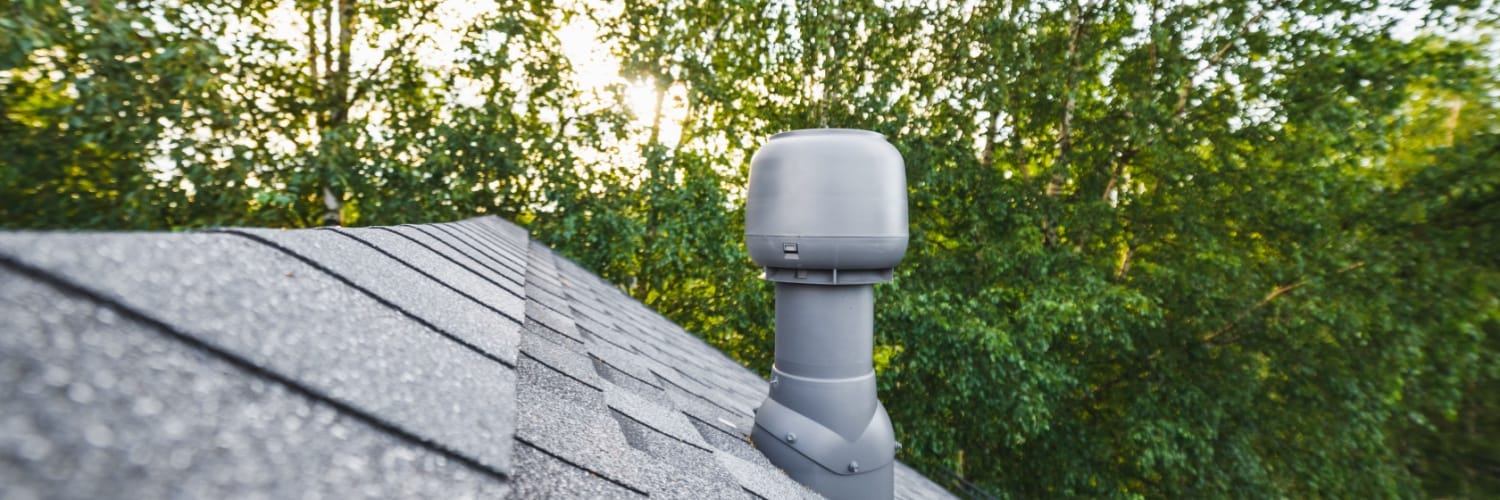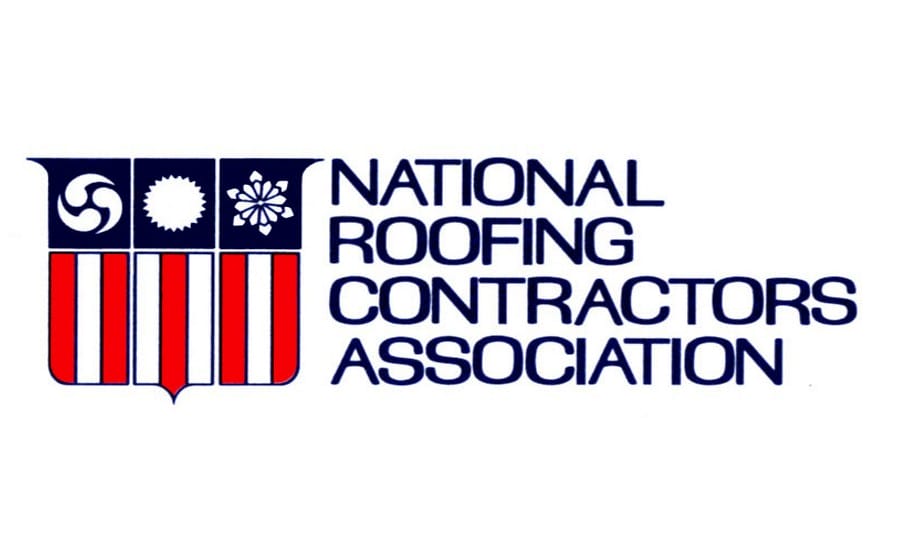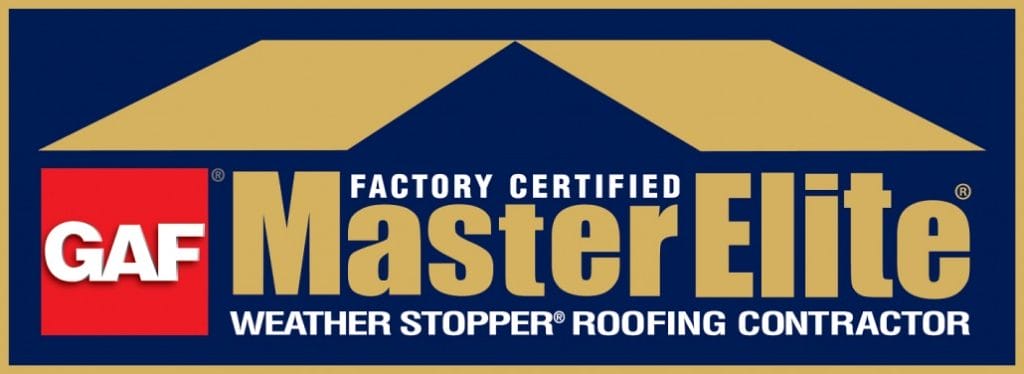Professional Roof Ventilation in Dexter, MI
Just like a living thing, your home’s roof needs to be able to breathe. A constant, steady flow of air through your attic is one of the most critical factors in the health and longevity of your entire home. Without proper roof ventilation, heat and moisture become trapped in the attic, silently causing a host of expensive problems year-round. From cooking your shingles in the summer to causing rot and mold in the winter, an improperly ventilated attic is a threat to your home’s structure and your wallet.
At New Roof, Inc., we are experts in designing and installing balanced attic ventilation systems for homeowners in Dexter, MI. We understand the building science behind creating a healthy, dry, and efficient attic space that protects your roof from the inside out. To ensure your home is breathing properly, call our experts for a professional ventilation analysis at (734) 665-5555 today.

Why a Balanced Ventilation System is Crucial for Your Dexter Home
An effective ventilation system works 24/7 to combat the specific challenges posed by Michigan’s four distinct seasons.
In Summer: It Expels Damaging Heat
On a hot Dexter summer day, the temperature in your attic can soar to 150°F or higher. This super-heated air radiates down into your living spaces, forcing your air conditioner to work overtime and driving up energy bills. A balanced ventilation system pushes this hot air out, keeping your attic cooler and your home more comfortable.
In Winter: It Removes Harmful Moisture
Warm, moist air from daily activities like cooking and showering rises into your attic. When this vapor hits the cold underside of your roof deck, it condenses into water droplets. This moisture can lead to wood rot, saturated insulation, and the growth of harmful mold and mildew. Ventilation carries this moist air out before it can condense.
Year-Round: It Extends the Life of Your Roof
Excessive heat in the attic essentially bakes your shingles from the underside, causing them to become brittle, curl, and fail long before their expected lifespan is over. By maintaining a cooler, drier attic, proper ventilation is one of the single most important things you can do to protect your roofing investment.
Components of an Effective Ventilation System
A truly effective system isn’t about a single vent; it’s about creating a balanced airflow with two key components.
Intake Vents: Typically located in your soffits (the underside of your roof’s overhang), these vents draw in cool, dry air from outside.
Exhaust Vents: Located at or near the peak of your roof (like ridge vents or box vents), these allow hot, moist air to rise and escape. A balanced system with equal parts intake and exhaust creates a continuous, passive flow of air that protects your attic day and night.
Protect your roof from hidden threats. Get a free quote for a balanced ventilation system from New Roof, Inc.!
Your Complete Exterior Solution in Dexter
At New Roof, Inc., our expertise extends to every part of your home’s exterior. We are Dexter’s full-service contractors, ensuring every component works together as a cohesive system to protect and beautify your home. Explore all our services available in your area:
- Residential Roofing
- Commercial Roofing
- Roof Replacement
- New Roof Installation
- Siding Installation & Repair
- Window Replacement
- Gutters & Gutter Guards
- Chimney Repair
- Attic Insulation
Frequently Asked Questions About Roof Ventilation
How do I know if my attic ventilation is poor?
Common signs include significant ice dams forming in the winter, peeling paint on your ceilings or gables, visible frost on the underside of your roof deck in winter, and an upstairs that is excessively hot and stuffy in the summer.
Is roof ventilation related to attic insulation?
Yes, they are two essential parts of the same system. As explained by home inspection experts like InterNACHI, insulation slows the transfer of heat, while ventilation removes the heat and moisture that gets through. A great system requires both to be working properly.
Are powered attic fans a good solution?
While powered fans do move air, most modern building science experts prefer passive ventilation systems (like ridge and soffit vents). Passive systems are silent, require no electricity or maintenance, and can’t fail during a power outage. They provide a more reliable, balanced airflow without the risk of depressurizing your home.










